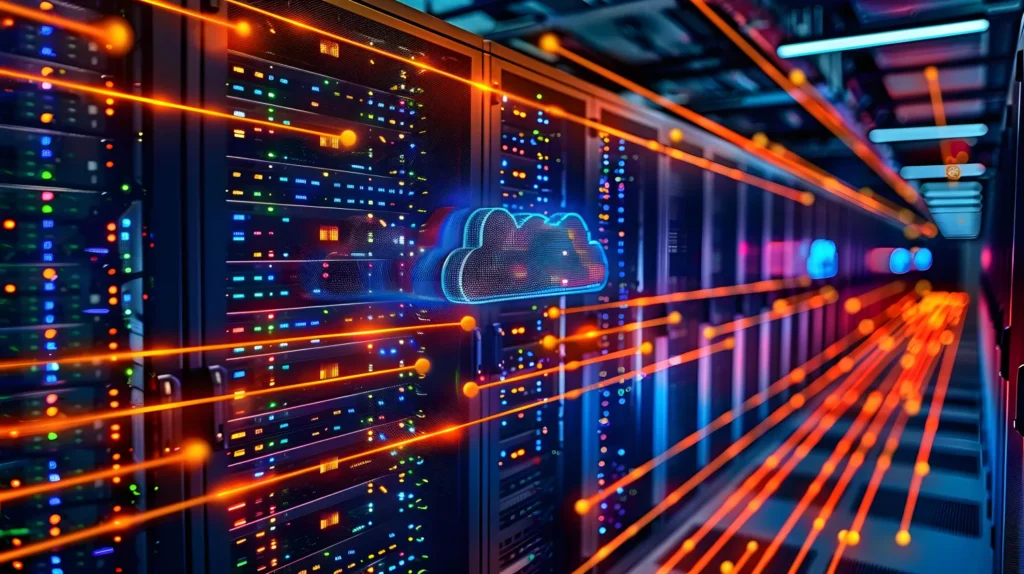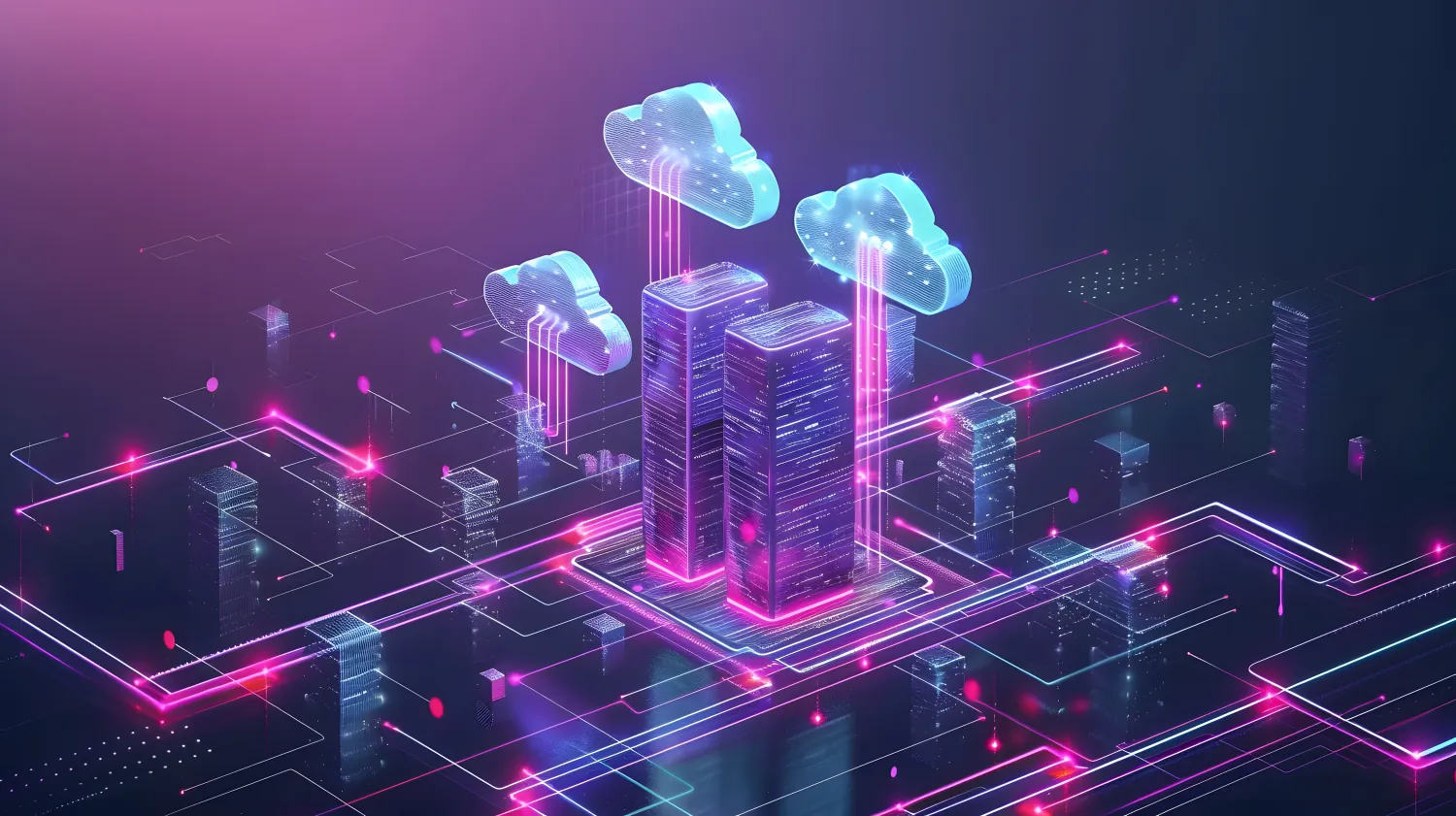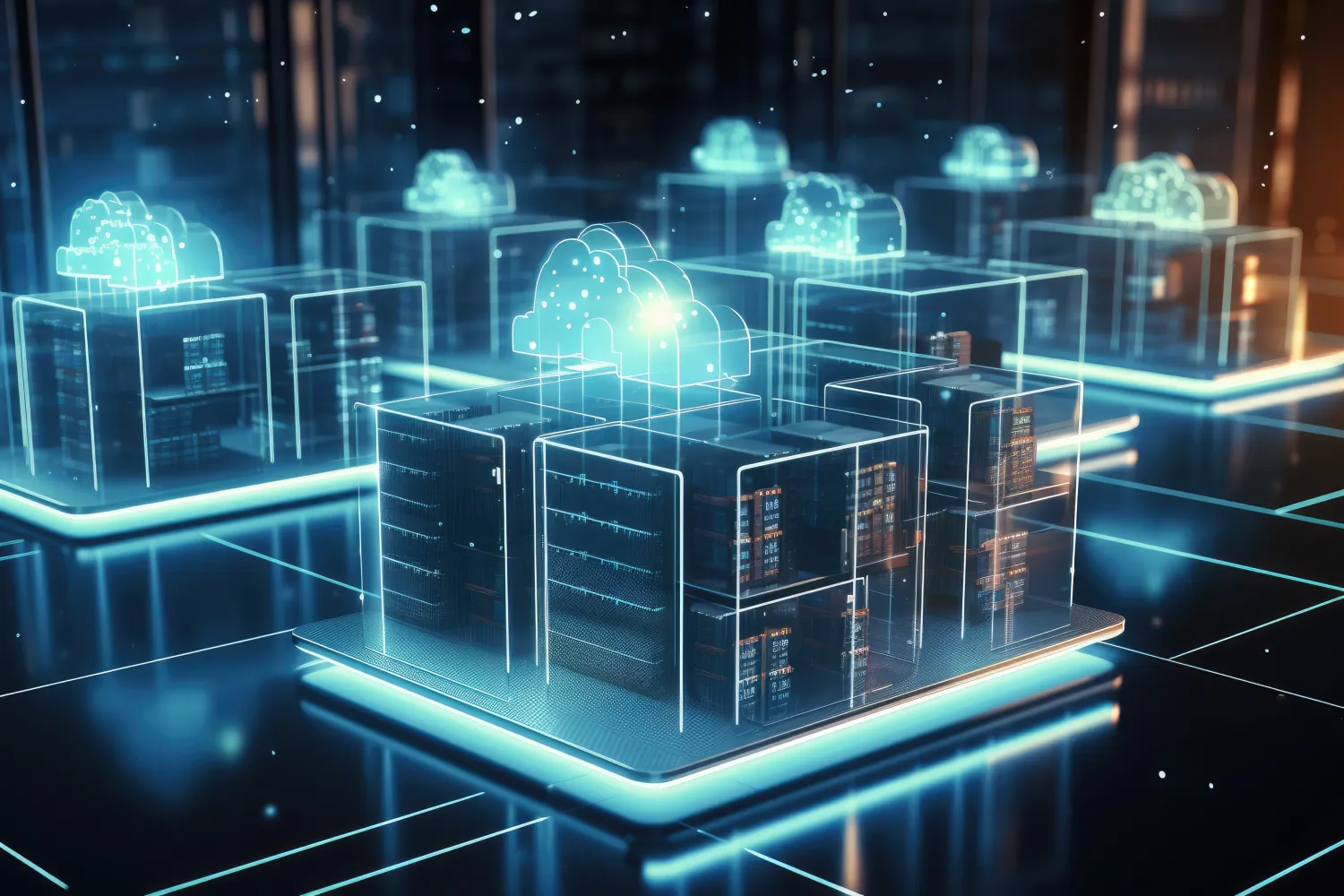Networks, Cloud and Edge Computing
Contact


The Pillars of Digital Infrastructures: Networks, Cloud Computing and Edge Computing
The digital age has seen a meteoric rise in technological infrastructures, revolutionizing the way we communicate, work and interact with the world. Thanks to massive advances, we are now more interconnected than ever, with systems that facilitate information exchange, real-time collaboration and data processing on an unprecedented scale. These infrastructures form the backbone of the modern digital world, making data exchanges more fluid, secure and efficient.
Among the key concepts shaping this digital transformation, three stand out for their fundamental role: networks, cloud computing and edge computing. These technologies, though distinct, work in synergy to ensure optimal connectivity, efficient resource management and an enhanced user experience. Whether it’s to host applications, manage massive data volumes or reduce the latency of digital services, these tools have become essential for businesses and individual users alike.
Indeed, in a world where every millisecond counts, these technologies are no longer options, but imperatives. Networks connect billions of devices and users across the globe; cloud computing offers a flexible, scalable infrastructure to meet the ever-growing needs of businesses; and edge computing enables data to be processed faster, directly at the point of collection, reducing the need for data transmission to remote centers. We will explore these three technological pillars in depth, highlighting their specific features, their advantages, and the challenges they face in an ever-changing digital context.
Our articles
Networks, whether wired or wireless, are the backbone of our digital age. They are essential to global connectivity, linking millions of devices, people and businesses around the world. Without networks, the digital services that power our daily lives, from sending a simple e-mail to managing critical infrastructures, could not exist. These networks provide a robust platform for transporting data quickly, efficiently and securely, contributing to the expansion of the digital economy.
Whether for business or personal use, networks are the key to connecting devices, facilitating communication, and transferring massive volumes of data. As digital transformation gathers pace, the role of networks continues to grow, responding to increasingly complex and demanding requirements, particularly in terms of capacity, latency and security.
Cloud computing has profoundly transformed the way companies manage their IT infrastructures. Instead of investing in expensive physical servers and maintaining a dedicated team to service them, the Cloud enables organizations to access IT resources (servers, storage, databases) remotely, via the Internet. This has ushered in an era of flexibility, where companies can adjust their IT capacity to meet demand, and of cost reduction, thanks to the pooling of resources.
Cloud computing has democratized access to cutting-edge IT services. Small businesses can now access the same tools as large corporations, without having to bear the massive infrastructure costs. Services are billed on a per-use basis, enabling companies to pay only for what they actually consume, making their IT management much more agile and scalable.
Whereas Cloud computing centralizes resources and data processing in large, remote centers, Edge computing offers an innovative, decentralized approach. It involves processing data close to the source, i.e. where it is generated, such as IoT sensors, surveillance cameras or mobile devices. This approach aims to reduce latency, save bandwidth and improve system responsiveness, particularly in environments where near-instantaneous response times are required.
With the proliferation of connected devices and smart objects, Edge computing has become essential to meet the growing need for fast data processing. As a result, businesses and organizations can better meet users’ performance requirements, while offloading networks and reducing the costs of transferring data to distant Cloud centers. This decentralized technology also paves the way for new applications in fields ranging from smart cities to autonomous cars.
Reader testimonials

This article gave me a better understanding of the importance of digital infrastructure in our day-to-day professional lives. The explanations on Cloud and Edge computing are particularly enlightening, especially in the context where we’re looking to optimize our IT resources. Essential content for anyone working in tech!
Marie Lefebvre

An excellent summary of the technologies shaping the digital future. The concepts covered in this article are explained in a clear and accessible way, even for those who are not experts. I particularly appreciated the perspective put on the benefits and challenges associated with Edge computing, an increasingly crucial topic
Sophie Durand

As a network engineer, I found this analysis of technology infrastructures perfectly relevant. The link made between networks, Cloud and Edge computing shows just how interdependent these systems are. A useful read to better grasp the challenges and opportunities of digital transformation.



